

These are the 8 Roughest Seas for Cruise Ships to Navigate
This post may contain affiliate links. if you click one, i may earn a commission at no cost to you. as an amazon associate, i earn from qualifying purchases..
Going on a cruise is full of fun, with lots of things to do and new places to see. These trips are usually about enjoying yourself and relaxing. But sometimes, you might worry about the sea being rough, which could lead to seasickness or changes to your planned journey.

Even though the ocean can be unpredictable, today’s cruise ships are really good at handling rough waters, and the crew try to avoid it when possible. Sometimes, an unexpected change in route can make your trip even more interesting.
Whether your cruise turns out to be a “thrilling adventure” or a calm journey mostly depends on the weather. Either way, the ship’s crew always ensure you’re safe and comfortable.
Understanding Rough Seas and How It Feels on a Cruise
How smooth or bumpy your cruise feels depends on the waves’ size. If the waves are about eight feet tall (roughly 2.4 metres), the sea might start to feel rough. And if the waves reach around 13 feet high (or about 4 metres), the ship can feel quite bumpy.
The Douglas Sea Scale helps categorise the size of waves you might encounter at sea:
Cruise ships might close the outer decks to keep everyone safe when sailing through very rough seas. Sometimes, to avoid bad weather, the ship might take a different route, which could change some of the places you were looking forward to visiting, all in the name of safety.
World’s Most Challenging Seas and Oceans
Now, let’s explore the most challenging waters for cruise ships…
1. The Bay of Biscay’s Turbulent Waters

The Bay of Biscay, located west of France and north of Spain, is famous for its rough waters. The Atlantic Ocean can get pretty wild here, stirring up big waves. The summer might be a bit calmer, but there’s often fog in June. If you travel here in the cooler months, be prepared for the possibility of the bay’s full force, with strong winds and high waves.
I’ve sailed through the Bay of Biscay many times and not had a problem. However, I know a few people who have felt a bit seasick.
2. The Mediterranean’s Unpredictable Nature

Even though the Mediterranean Sea is famous for its beautiful, calm waters, it can be unpredictable. The strongest winds and highest chances of storms happen in autumn and winter.
Sometimes, cruises from places like Barcelona or Rome might run into ‘medicanes’—these are rare but intense storms similar to tropical ones. And, even when it’s not storm season, the sea can still be choppy at times.
3. The Notorious Drake Crossing

If you’re going to Antarctica, get ready for the Drake Passage. It’s a narrow path of water between the bottom of South America and Antarctica, where the Atlantic and Pacific Oceans meet.
This area is known for having really strong currents and winds, which can make the sea very rough. But, it’s also part of the adventure of getting to Antarctica, as the ships that go there are built to handle these conditions.
4. The Gulf of Alaska’s Wild Frontiers

While cruising to Alaska, you’ll likely enjoy the calm and scenic Inside Passage. But heading to ports like Seward, Whittier, or Anchorage means crossing the Gulf of Alaska.
This area is known for its rough seas, especially from October to February. Here, cold arctic air meets strong currents, creating storms that can make your journey less calm.
5. The Caribbean’s Stormy Season

The Caribbean Sea might seem like paradise, but it has rough weather, especially from June to November, with the most activity in August and September.
This is hurricane season, and all the islands, including the Bahamas and the British Virgin Islands, prepare for possible storms. Besides hurricanes, the sea can also get rough where it meets the Atlantic Ocean, making some trips a bit bumpy.
6. The South China Sea

The South China Sea, part of the northwest Pacific, faces its own set of weather challenges. It’s typhoon and cyclone season from July to November, which can cause big waves.
If you’re cruising from major ports like Singapore, Hong Kong, or Shanghai to places like Vietnam, Cambodia, or the Philippines, be prepared for the possibility of rough seas that could change your travel plans or the ports you visit.
7. The Pacific Ocean

The Pacific Ocean is even bigger than the Atlantic and has its own challenges. If you’re going from North America to places like Hawaii or Asia, expect some rough seas. The Pacific can be particularly rough from February to April.
8. The Vast Atlantic Ocean

Crossing the Atlantic, such as the classic cruise from Southampton to New York, often means dealing with unpredictable seas.
The vast open water can lead to big waves at any time of year. The roughest conditions usually happen from November to February, so if you travel across the Atlantic, be ready for some potential wild weather.
How Do Cruise Ships Handle Rough Seas?
Cruise ships are built to handle rough seas and are designed to easily manage waves up to 15 feet high. They come equipped with stabilisers that help minimise the ship’s rocking, making the journey smoother for everyone on board. In particularly rough weather, the captain might advise passengers to stay inside for safety.
Even so, you might still feel the ship moving, so it could be a good idea to stay seated and consider taking something for seasickness if needed. The captain will keep passengers updated about the weather and might change the ship’s course to avoid the worst parts of a storm.
For example, even when facing waves as high as 30 feet, ships like the Anthem of the Seas have safely navigated through without harming passengers or crew.
When Are the Seas Most Unsettled?

The sea’s roughness depends on where and when you’re sailing. In general, waters in the north can get really choppy in winter. At the same time, tropical areas might experience the most storms from June to November during hurricane season.
If you’re heading to Antarctica or the Southern Ocean, expect the seas to be lively; some say this is part of the journey’s thrill.
Wrapping It Up
Sailing through the world’s more challenging waters requires careful planning to ensure your cruise holiday stays enjoyable. Modern cruise ships have advanced stabilisation systems to reduce discomfort in rough seas.
For those who enjoy an exciting sea adventure, choosing to cruise during peak times can add a thrilling aspect to your journey.
However, if you’re worried about seasickness or prefer a smoother ride, carefully picking your travel dates and routes can help you steer clear of the more turbulent waters. Remember to bring along seasickness medication just in case to ensure nothing spoils your fun time on the cruise.
Today’s Top 15 Cruise Deals
See today’s best deals from ALL travel agents.
If you enjoyed this article please share!
Free cruise checklist.
Check off ALL the things you need to do before you cruise
You can unsubscribe easily anytime.
The checklist is whizzing over to your email inbox now!
Why not follow me on Facebook too?
Thanks for reading!
I'm Hannah and I've been cruising for as long as I can remember.
If you enjoy my cruise tips, be sure to follow me on social media for more...
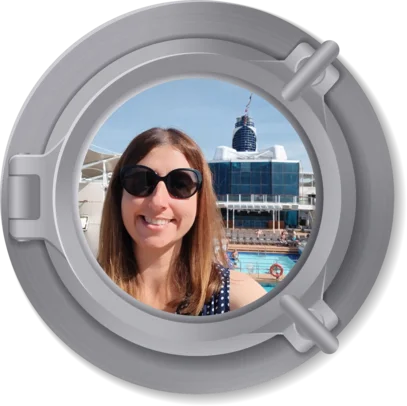
Leave a Comment Cancel reply
Save my name, email, and website in this browser for the next time I comment.


World’s Roughest Seas For Cruise Ship: How Rough Waters Impact Cruise Itineraries
Roughest Seas for Cruise Ships: We’ll examine some of the world’s toughest seas that cruise ships navigate, as there has been a lot of discussion regarding how rough seas affect cruise itineraries.
This will not only highlight the many difficulties these waters provide, but we’ll also go over some useful advice for preventing a bad trip on choppy waves.
Cruises provide travellers with the chance to engage in a very special kind of adventure, even though most people only think of them as opportunities for rest and pleasure. You have the option to reserve a vacation to a distinctive place and also get to spend time at sea.
Though there is undoubtedly excitement in this, not every sea in the world has the same conditions. Not only can sea conditions vary from calm to quite rough, but latitude also naturally affects water temperatures and climates.
Now let’s examine the world’s most hazardous oceans!
What Does A Cruise Ship Consider to Be Rough Seas?
High winds and large wave heights are typical indicators of rough seas for a cruise ship, which can cause considerable ship movement and discomfort for guests.
Though waves above 7-8 feet (about 2-2.5 meters) are often regarded as rough, contemporary cruise ships are built to safely handle even larger waves.
According to the Beaufort Wind Scale, which classifies wind speed, wind speeds over 17 knots, or roughly 20 mph or 31 km/h, are typically indicative of rough seas.
A cruise ship may pitch (move up and down) or roll (tilt side to side) due to these conditions, making the experience on board more erratic.
Depending on the passengers’ sensitivity to seasickness as well as the ship’s size and construction, the sense of roughness can differ. Modern, larger cruise ships with stabilizers greatly lessen rolling motion, increasing their ability to withstand choppy waves.
However, even massive ships may noticeably move in extremely high seas, with waves as high as fifteen feet (4.5 meters), or during strong storms.
Cruise lines keep a careful eye on the weather and may modify itineraries to avoid choppy waters in order to ensure the safety and comfort of its passengers.
What is Port Services? Understanding the Benefits
Roughest Seas For Cruise Ship
The passage of drake.
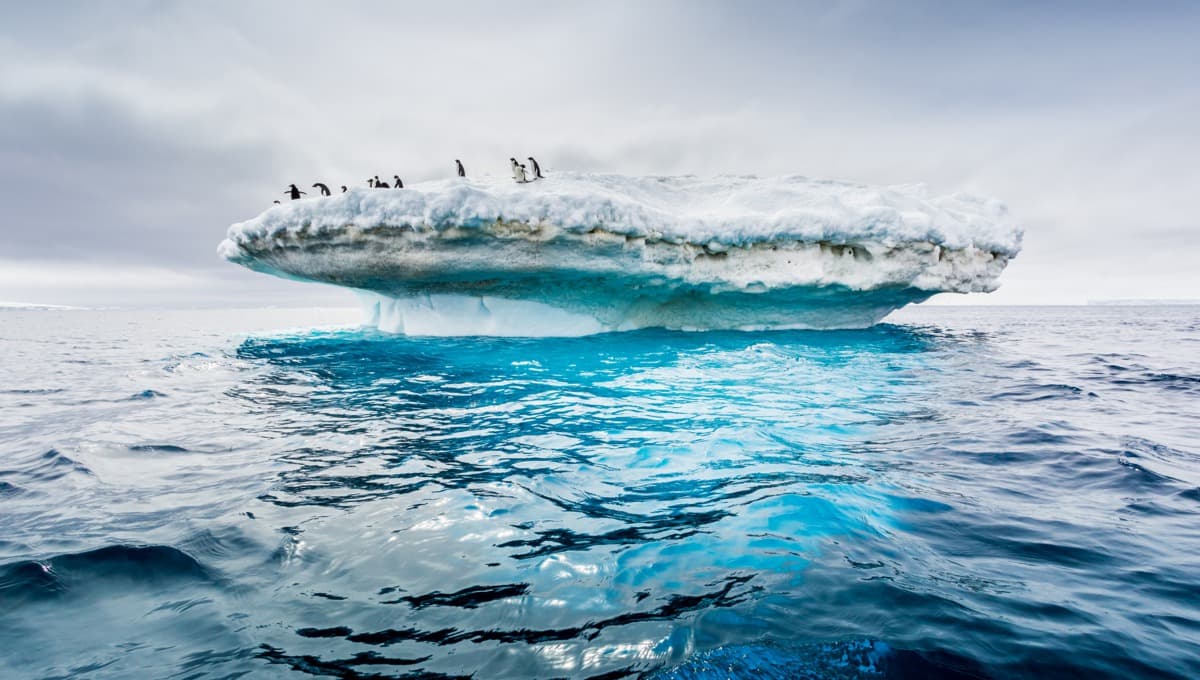
Regular cruise lines only travel via the Drake Passage, so if you want to visit every continent on Earth, you’ll need to travel on an expedition ship.
Nestled between Cape Horn and the South Shetland Islands is one of the world’s harshest waters, the Drake Passage.
It is the shortest route that connects the Atlantic and Pacific oceans and separates Antarctica from the rest of the world.
There are no significant landmasses in the area, so the river flows freely and carries a lot of water through the channel.
A sea state that is renowned for its roughness is created when these powerful currents combine with swift wind conditions. Passengers are likely to experience choppy seas in this area due to a mix of contributing factors.
One of the most difficult places to visit by sea is Cape Horn, which is known for its difficult conditions.
The Biscay Bay
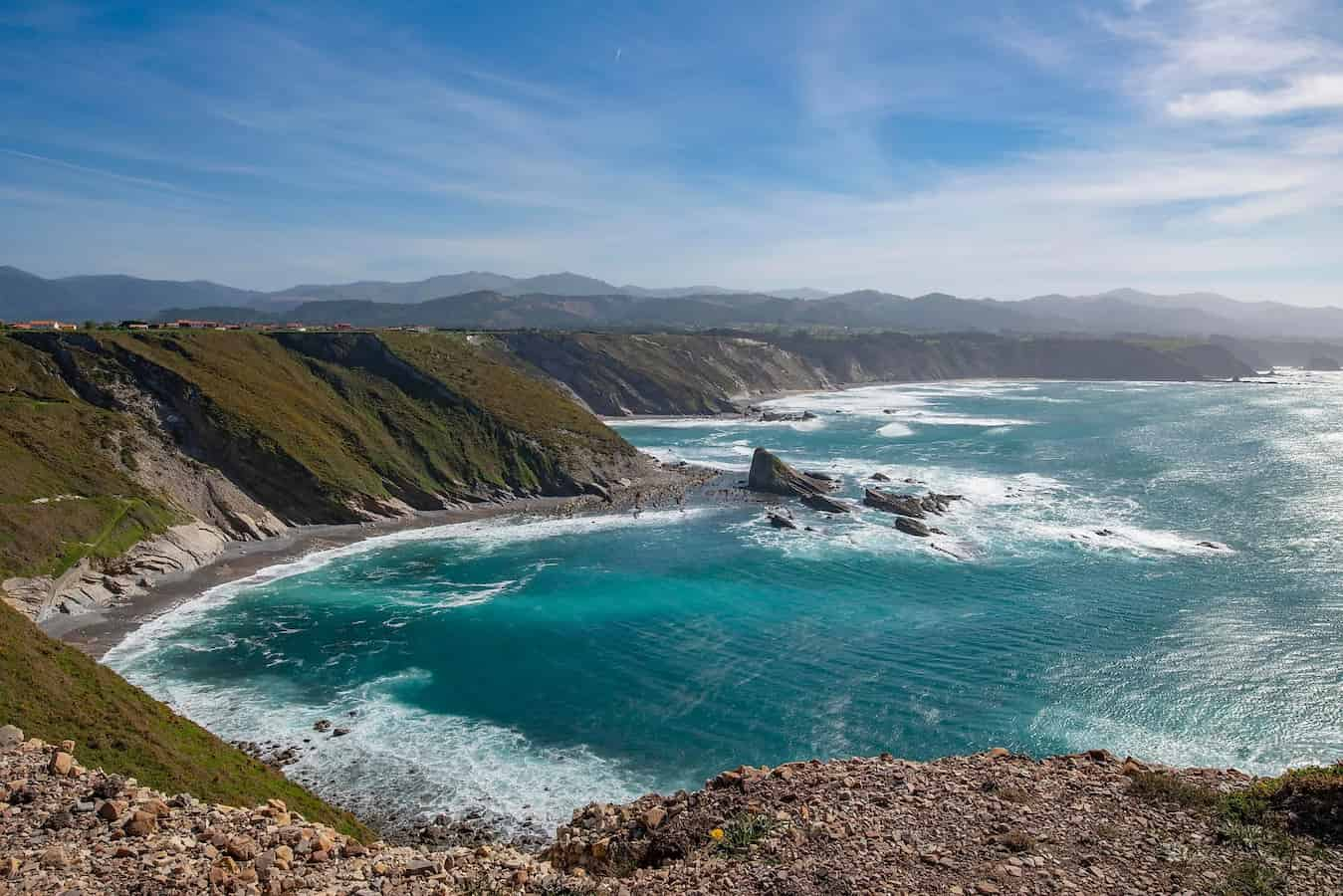
A European cruise should be approached cautiously when nearing the Bay of Biscay.
Off the northern coast of Spain and the western coast of France is the Bay of Biscay.
There are sections of the continental shelf that reach deep into the Bay of Biscay, creating some shallow waters.
Large waves can be produced by the combination of strong winds and a shallow seabed in this region, which suffers the harshest Atlantic weather.
Summertime travel can greatly increase the likelihood of experiencing calmer waters.
However, choosing to travel in the late spring may expose you to the unusual “June Gloom” phenomenon. An extensive triangle of fog that frequently covers the southern part of the bay distinguishes this.
This seasonal atmospheric condition, which is most common in June, produces a thick fog that gives the place a mysterious feel, but it usually has little effect on the water.
Cruises from Southampton to Portugal and Spain are among the many that frequently pass through the Bay of Biscay. Before starting their oceanic journey, transatlantic journeys that start in the UK and Northern Europe frequently sail south and stop in the Azores.
Be ready for choppy waves when sailing the Bay of Biscay, and pack appropriately. Because to the variable nature of the weather, it is advised to pack warm clothing and motion sickness medication.
The Alaskan Gulf

You’ll be happy to learn that the majority of an Alaskan cruise will be spent in the stunning, serene waters of the Inside Passage, where a chain of islands will offer shade and a high likelihood of tranquil sailing.
But you will have to cross the Gulf of Alaska if you are going to ports in Whittier, Seward, or Anchorage.
Strong surface currents and chilly air make these seas far rougher than the Inside Passage’s protected waters.
violent surface currents and frigid northern air combine in this location, which is far rougher, to produce violent storms that impact British Columbia and the western United States. Although storms can occur at any moment, the worst months to expect them are October through February.
Note: The Inside Passage’s protected waters are home to the great majority of Alaskan cruises. Take into consideration a round-trip cruise from Seattle if you wish to avoid sailing across the Gulf of Alaska.
Cruises that do cross the Gulf of Alaska, however, typically go to more isolated areas of the state and offer a distinctive and thrilling experience.
The Atlantic Ocean
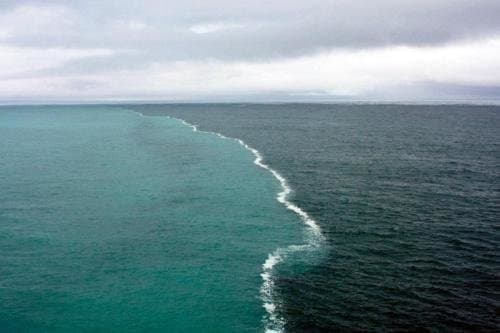
Since there is no surrounding land to offer protection, you are more likely to run across some rough waves when crossing a large expanse of sea.
This also applies to the Atlantic Ocean. The hardest months for transatlantic voyages are often February, November, and December.
Exploring Florida’s Cruise Ports: Unveiling the Unique Personalities and Adventures Awaiting You
If you want to take a transatlantic cruise in the winter, it will probably be from New York to Southampton and back on a luxury cruise line like Oceania or Cunard.
Although the strongest effects occur in the winter, other periods of the year might also be affected, especially during hurricane season.
It’s a good idea to monitor the weather prediction and make appropriate preparations.
Stick to more protected regions of the Atlantic, like the Caribbean or Mediterranean, where the waters are typically calmer, if you’re worried about choppy waters.
The Mediterranean

You’re in luck if you want to travel across the Mediterranean and stop in cities with a strong cultural heritage like Barcelona, Rome, and Naples.
Even though the sea is mostly protected, the fall and winter months might bring unexpectedly high waves because these are the times of year when the highest winds occur.
However, rough seas can occur at any time, and cruise passengers may encounter some rough seas in the spring and summer.
A “medicane,” a term that combines the words “Mediterranean” and “hurricane,” is a rare but powerful storm that resembles a hurricane and can affect this region. Cruises in the Western Mediterranean, which frequently depart from ports like Barcelona or Rome, may come across this unusual weather phenomenon.
Even though they are less frequent than regular hurricanes, these medicanes have a big impact on the Western Mediterranean’s cruise experiences and sea conditions.
Approximately once a year, usually in the fall, this tropical cyclone makes landfall in the area.
The Caribbean

The gorgeous beaches, glistening waters, and delectable tropical cocktails of the Caribbean make it an irresistible destination for cruisers. Offering a combination of leisure and natural beauty, this location is appealing all year round.
However, it’s crucial to remember that the area does see its fair share of bad weather, especially from June to November when hurricane season occurs.
Hurricanes and tropical storms are most likely to occur between August and September.
It can be a good idea to schedule your vacation for a time other than these if you find the thought of negotiating bigger waves or possibly having your cruise agenda altered tolerable.
Additionally, there’s a higher chance of experiencing choppy waves in the Caribbean, particularly during the stormy months, due to the convergence of many bodies of water, such as the meeting point of the Caribbean Sea and the Atlantic Ocean.
The South China Sea

An essential sea route for excursions throughout Southeast Asia is the South China Sea, which links the Pacific and Indian Oceans. Cruise ships and other large vessels may encounter considerable difficulties in the South China Sea, even though cruise ships frequently travel there. And this is on top of territorial conflicts over one of the world’s harshest waters.
This is partly because the area is vulnerable to strong tropical storms, monsoons, cyclones, typhoons, and other severe storms, particularly from July to November. Cruise ships that are planned to pass through this significant Pacific Ocean region may experience significant delays and interruptions due to the unpredictability and harshness of the weather.
The North Sea’s rough waters
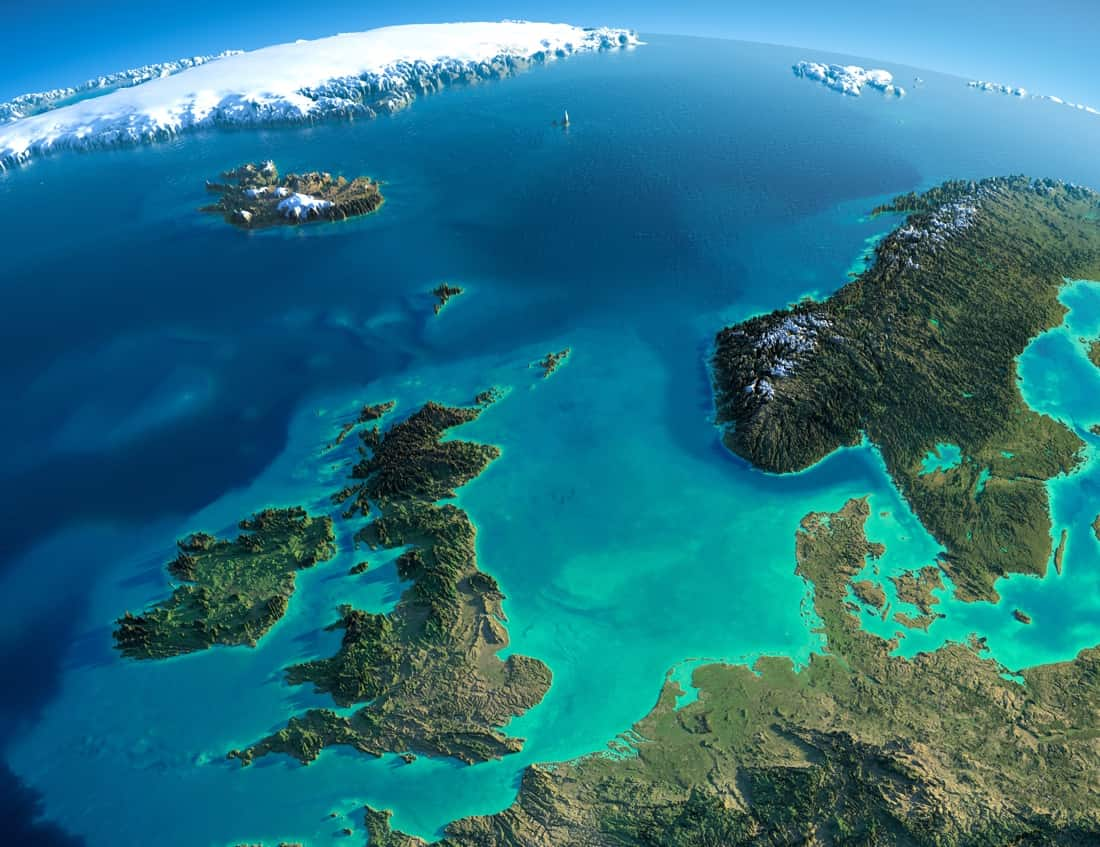
The icy waters can become extremely turbulent when there are strong gusts, which happen frequently. In order to ensure the safety and comfort of its passengers, cruise ship navigation teams must closely monitor weather conditions; nonetheless, stormy waters may occasionally be inevitable.
This helps to explain why the North Sea is known for being somewhat turbulent. Crews will occasionally even suggest that passengers remain inside the ship.
One such instance of this happened in 2018, when the famous MS Marco Polo was sailing from the Netherlands to Norway when it was trapped in severe weather, with strong waves and swells. The crew of the ship responded by sounding sirens and ordering people inside.
When Are The Roughest Seas of the Year?
The season change is usually when the seas are the roughest, especially in areas that are vulnerable to hurricanes or cyclones.
For example, the hurricane season in the Atlantic and Caribbean peaks in August and lasts through October, bringing with it stormy seas and increased storm dangers.
Similar to this, typhoon season in the Pacific, which normally runs from May to October, can cause choppy waters, particularly in the Western Pacific and Southeast Asia.
In contrast, the winter months of June through August are when the Southern Hemisphere encounters its roughest waves. This is particularly true in regions such as the Southern Ocean, which has an impact on cruises to places like Antarctica.
The Drake Passage, which offers some of the most difficult sailing conditions globally, experiences the roughest waters during this time of year.
In addition, regions such as the North Sea and the Mediterranean may have more abrasive weather in the wintertime.
How Can a Cruise Vacation Prevent Severe Seas?
After looking at some of the world’s roughest waters, we would like to share some advice with you to assist you avoid feeling the up-and-down and side-to-side motion that comes with cruising in choppy waters.
Discover the 7 Best Spots on a Cruise Ship for a Peaceful Escape
Plan Your Cruise for the Appropriate Season
The roughest waves occur at different times of the year in each region. We advise completing your homework and making your reservations during the most advantageous months if you want to have a pleasant sailing experience.
Steer clear of hurricane season, and make sure you’ve done your homework on the place you intend to visit. Keep in mind that reservations made during these calmer months may be more costly, but if you are anxious about traveling in choppy waters, it may be a price worth making.
Be Ready for Motion Sickness
This advice can help you get ready for severe weather and choppy seas, but it won’t help you avoid them. Conditions can change fast, as anyone who spends any amount of time on the water will attest, so you should be prepared for the unexpected.
Take the initiative and prepare the necessary remedies in advance. Having them when you need them will make you happy!
Be Adaptable When Making Plans
While it’s always good to schedule your cruise around a special occasion, the more set in stone your dates and locations are, the more likely it is that you’ll find yourself sailing during the roughest parts of the sea.
Related Posts

Best time to book a Cruise
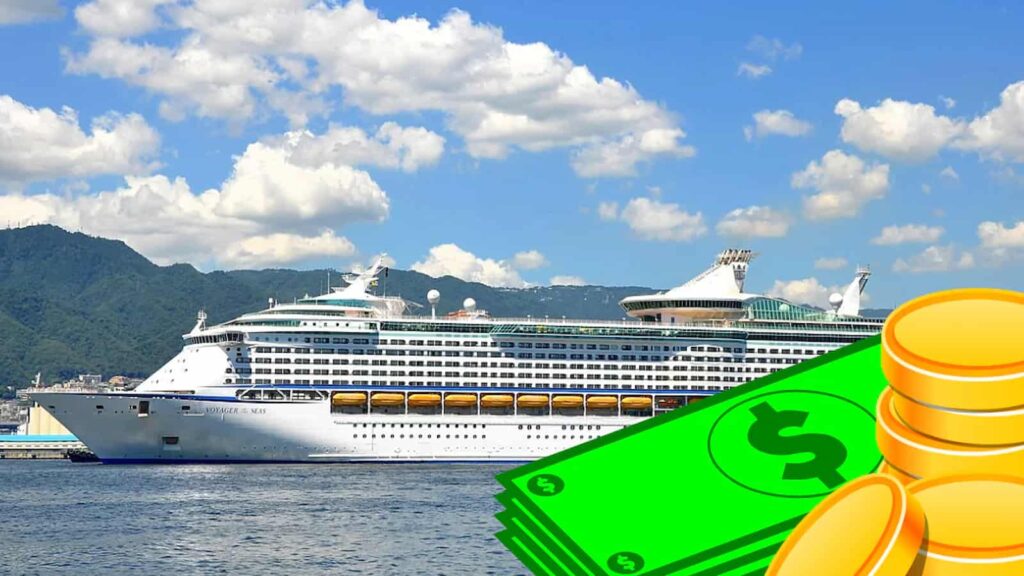
Cruise Ship Salaries: A Comprehensive Analysis
Leave a comment cancel reply.
Your email address will not be published. Required fields are marked *
Save my name, email, and website in this browser for the next time I comment.
